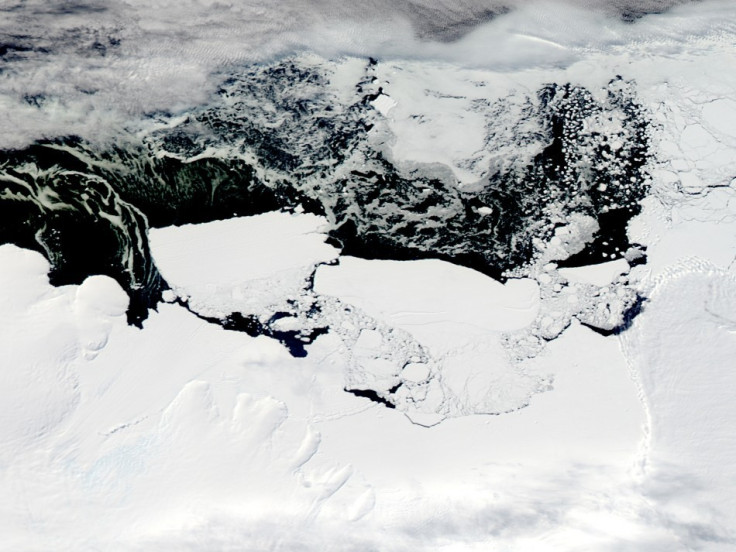Ice Age 'Caused by Change to Sea's Saltiness' 2.6 Million Years Ago

The ice age 2.6 million years ago that froze most of the Northern Hemisphere was caused by a change to the saltiness of the sea, scientists have said.
Proposing a major new theory as to what caused the Pliocene-Quaternary glaciation, scientists from Royal Holloway, University of London, said they have found a previously unknown mechanism that caused major ice sheet growth.
The ice age began about 2.58 million years ago when ice sheets began spreading in the Northern Hemisphere. However, the cause of the ice age is unknown, with several theories proposed including changes to the atmosphere, changes to ocean currents and volcanism.
Researchers led by Thomas Stevens say they have discovered a mechanism where the joining of North and South America led to a change in the salinity of the Pacific Ocean.
This shift, they say, encouraged sea ice to form which led to a change in wind patterns. This, in turn, resulted in intensified monsoons, which provided moisture that could cause an increase in snowfall and the growth of ice sheets.
Stevens said: "Until now, the cause of the Quaternary ice age had been a hotly debated topic. Our findings suggest a significant link between ice sheet growth, the monsoon and the closing of the Panama Seaway, as North and South America drifted closer together. This provides us with a major new theory on the origins of the ice age, and ultimately our current climate system."
The researchers looked at deposits of dust called red clay that accumulated in north central China from between 6 million and 2.5 million years ago. The red clay was next to the Tibetan plateau and could be used to reconstruct how monsoon rainfall and temperatures had changed.
Findings showed monsoons were stronger during global cooling, rather than being more intense during warmer climates that they are normally associated with.
"This led us to discover a previously unknown interaction between plate tectonic movements in the Americas and dramatic changes in global temperature," Stevens said.
"The intensified monsoons created a positive feedback cycle, promoting more global cooling, more sea ice and even stronger precipitation, culminating in the spread of huge glaciers across the Northern Hemisphere."
© Copyright IBTimes 2024. All rights reserved.







